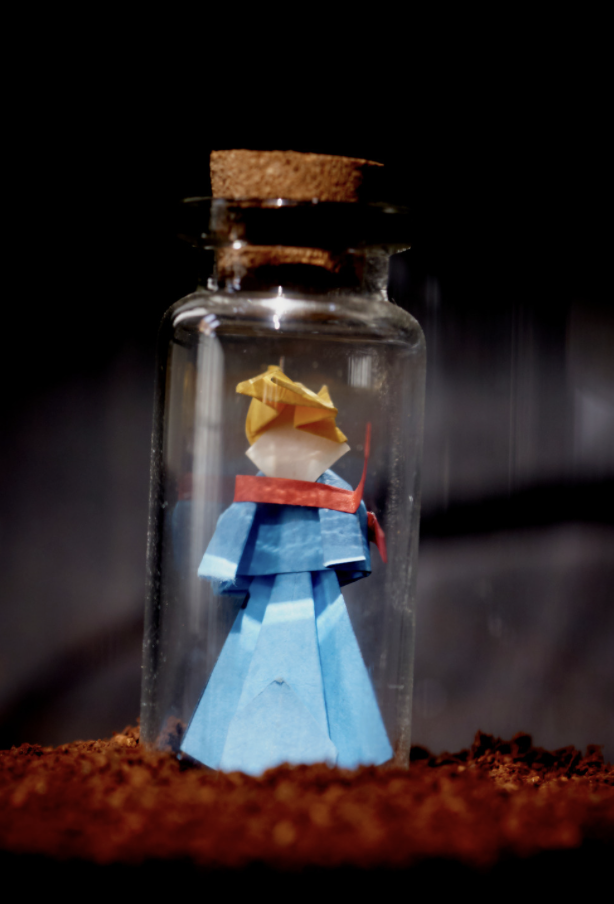Viagem
Lost in Translation: How NASA May Have Erased Martian Life
Anúncios
Astrobiologist Dirk Schulze-Makuch of the Technical University Berlin in Germany has proposed that the methods used in the Viking experiments may have been harmful to any potential life forms on Mars. In a column published in Nature Astronomy and on Big Think last year, Schulze-Makuch suggests that the experiments may have unintentionally eradicated any microbial life that was present in the Martian soil.
One of the experiments conducted by the Viking landers was the gas chromatograph-mass spectrometer (GCMS), which aimed to identify chlorinated organics in the soil. At the time, the results showed no signs of biological activity, and the presence of chlorinated organics was attributed to contamination from human cleansing products. However, it is now believed that these organics are native to Mars, and that the methods used to analyze them may have destroyed any evidence of life.
Schulze-Makuch argues that other experiments, such as the labeled release and pyrolytic release experiments, may have also inadvertently eradicated potential signs of life on Mars. These experiments involved the introduction of liquid samples into Martian soil to search for biological activity, but the results were inconclusive and contradictory. Schulze-Makuch suggests that these experiments may have been poorly designed and may have inadvertently destroyed any microbial life that was present.
In hindsight, it is now understood that the conditions on Mars are vastly different from those on Earth, and that the methods used in the Viking experiments may have been unsuitable for detecting life on Mars. Mars is an extremely barren and arid environment, and any life forms present on the planet would likely be adapted to survive in such conditions. Schulze-Makuch argues that pouring water over these dry-adapted microbes, as the Viking experiments did, may have actually had a detrimental effect on any potential life on Mars.
Schulze-Makuch has proposed that future missions to Mars should take these factors into account when designing experiments to search for signs of life. He suggests that a new mission should be launched specifically to search for microbial life on Mars, using methods that are more suited to the planet’s unique environment. He also argues that instead of focusing solely on water as a potential indicator of life, future missions should also look for other compounds such as salts that could support microbial life in the harsh conditions on Mars.
Nearly fifty years after the Viking experiments, there is still much to learn about the potential for life on Mars. While the methods used in the past may have inadvertently destroyed any traces of life that were present, there is still hope that future missions will be able to uncover signs of microbial life on the red planet. By taking into account the unique environment of Mars and using methods that are better suited to detecting life in such conditions, scientists hope to finally answer the question of whether life once existed on Mars.




